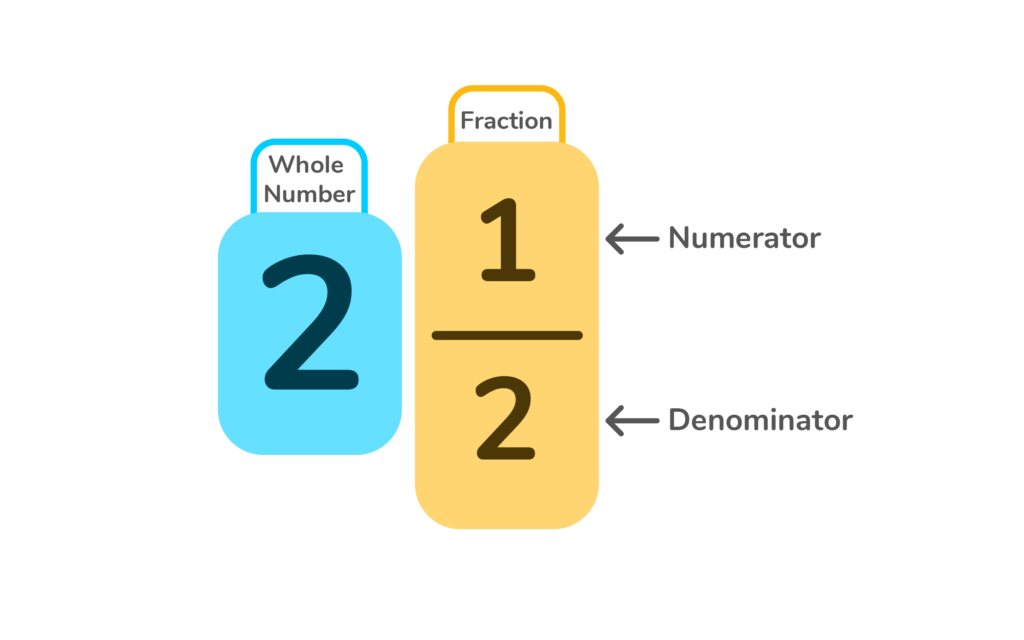

This comprehensive guide provides step-by-step instructions to solve different types of mixed number subtraction problems.

Author
Katie Wickliff
Published
October 19, 2023


This comprehensive guide provides step-by-step instructions to solve different types of mixed number subtraction problems.

Author
Katie Wickliff
Published
Oct 19, 2023


This comprehensive guide provides step-by-step instructions to solve different types of mixed number subtraction problems.

Author
Katie Wickliff
Published
Oct 19, 2023


Key takeaways
Table of contents
When your child is learning how to subtract mixed numbers, remembering the steps to the process may seem a little challenging at first. However, with quality instruction and a solid practice routine, your student will soon be able to subtract several types of mixed numbers. This article provides a complete overview of how to subtract mixed numbers with the same and different denominators.
Before subtracting mixed numbers, students need to understand that a mixed number is comprised of a whole number and part of a number, which is also called a fraction. Students should be able to identify each component and recognize both the numerator and the denominator of the fraction, like this:

When learning to subtract mixed numbers, reviewing the process one step at a time can help students recognize each part of the mixed number and determine how to solve for that particular problem.
To subtract mixed numbers with like denominators, follow the steps below.
Let’s use 6 ⅔ – 2 ⅓ as an example.
First, subtract the whole numbers.
6-2=4
Next, subtract the fractions.
⅔-⅓=⅓
Finally, write the mixed number answer.
4 ⅓
To subtract mixed numbers with unlike–or unequal–denominators, let’s use the example problem of 5 ¾- 2 ⅛
First, we need to look at the fractions and find the least common denominator.
¾ and ⅛ have a least common denominator of 8.
What is the least common denominator?
The least common denominator, also known as the lowest common denominator, is the smallest number the denominators can be divided into.
Example:
The denominator in ¾ is 4.
4 can be divided into 1,2, and 4.
The denominator in ⅛ is 8. 8 can be divided into 1,2,4,8.
The smallest number the denominators both have in common is 4.
4 is the least common denominator.
Next, we need to rename the fraction using the least common denominator.
To do this, we multiply both the bottom and top of the fraction.
5 (3×2/4×2) = 5 6/8

Now that the two fractions have equal denominators, we subtract the mixed numbers using the process above.
5 6/8- 2 ⅛=
5-2= 3
6/8- ⅛= ⅝
3 ⅝
Let’s look at the example problem of 7 ⅓- 4 ⅚
First, we need to find the least common denominator.
⅓ and ⅚ have a least common denominator of 6.
Next, we need to rename the fraction using the least common denominator.
To do this, we multiply both the bottom and top of the fraction.

Now we can rewrite the problem as:
7 2/6- 4 ⅚
Even though our mixed numbers now have the same denominator, we can’t subtract 2/6 from ⅚ because we’d get a negative number.
Similar to a whole number subtraction problem, we need to borrow one whole from the place to the left and add it to the right — but in fractional form.

Now, we have 7 8/6 and can easily subtract the like denominators.
7 8/6- 4 ⅚ = 3 3/6 or 3 ½
3 ⅚- 2 ⅙=?
3-2 = 1
⅚-⅙= 4/6
Answer: 4 4/6
6 8/9-5 ⅔=?
Find the least common multiple of 3 and 9, which is 9.
5 (2×3/3×3)= 5 6/9
6 8/9- 5 6/9=
Answer: 1 2/9
9 ⅞- 5 ⅛=?
9-5= 4
⅞- ⅛= 6/8
Answer: 4 6/8
Find the least common multiple of 3 and 6, which is 6.
4 (1×2/3×2)= 4 2/6
4 2/6- 1 ⅙=
Answer: 3 1/6
To subtract mixed numbers, you must first find the least common denominator of each. Then you can subtract or regroup in order to subtract.
In order to subtract a whole number from a mixed number, you need to first convert the whole number into a fraction. Then, you need to change the mixed number into an improper fraction. Finally, find the common denominator of the two fractions in order to subtract.

Lesson credits

Katie Wickliff
Katie holds a master’s degree in Education from the University of Colorado and a bachelor’s degree in both Journalism and English from The University of Iowa. She has over 15 years of education experience as a K-12 classroom teacher and Orton-Gillingham certified tutor. Most importantly, Katie is the mother of two elementary students, ages 8 and 11. She is passionate about math education and firmly believes that the right tools and support will help every student reach their full potential.

Katie Wickliff
Katie holds a master’s degree in Education from the University of Colorado and a bachelor’s degree in both Journalism and English from The University of Iowa. She has over 15 years of education experience as a K-12 classroom teacher and Orton-Gillingham certified tutor. Most importantly, Katie is the mother of two elementary students, ages 8 and 11. She is passionate about math education and firmly believes that the right tools and support will help every student reach their full potential.

Parents, sign up for a DoodleMath subscription and see your child become a math wizard!

Book a chat with our team
If you’d like to use Doodle’s browser version, please visit this page on a desktop.
To log in to Doodle on this device, you can do so through our apps. You can find out how to download them here: